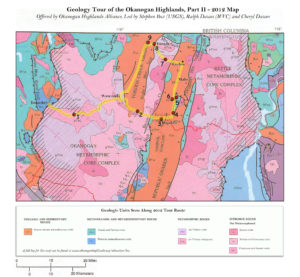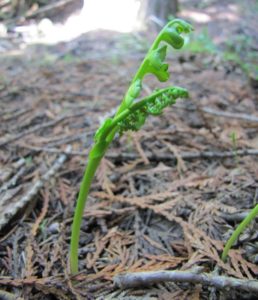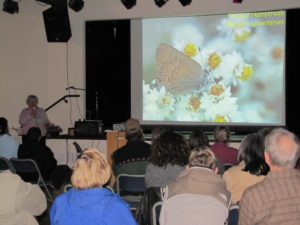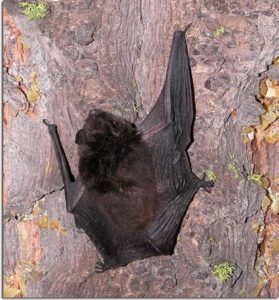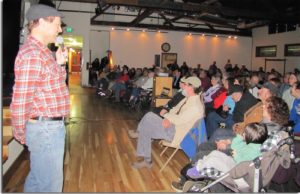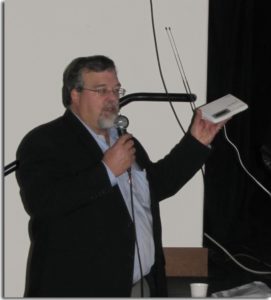Local Loons: How they Survive and Where they Go
On Friday, January 4th, 2013, Dr. Scott Ford, avian medicine and surgery specialist, shared information about local loons. Their biology and conservation were discussed, along with stunning images taken by Dan Poleschook and Ginger Gumm, local professional photographers. Dr. Ford discussed where our loons go in the winter, and provided updates on telemetry technology that will allow researchers to better track individual loons from our area in the coming years.

